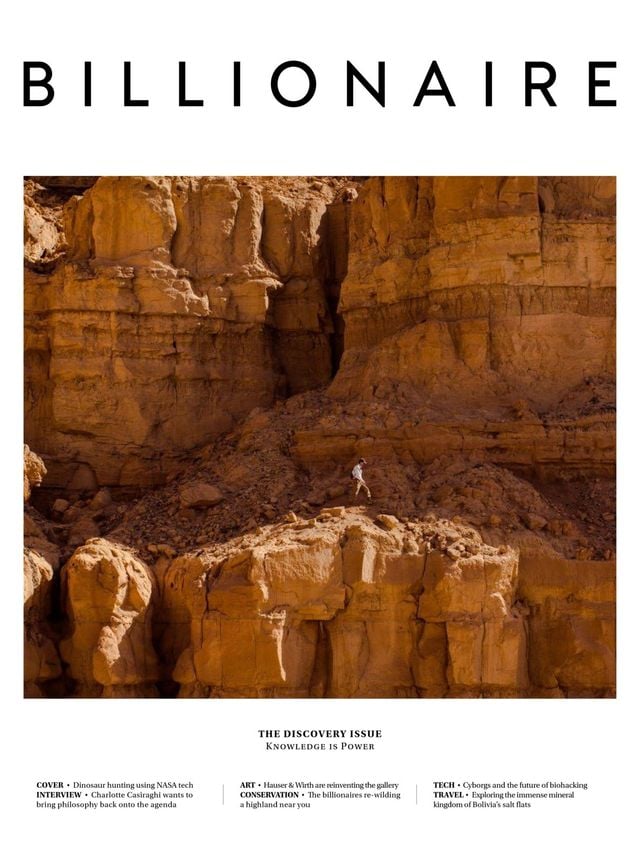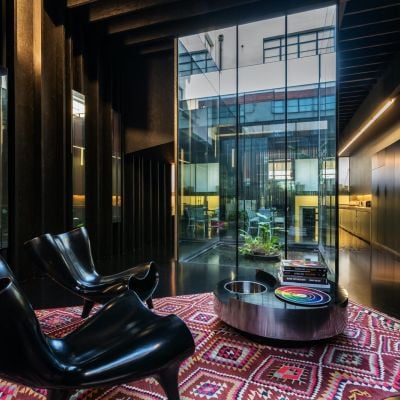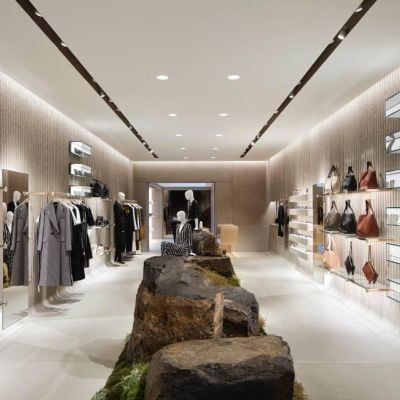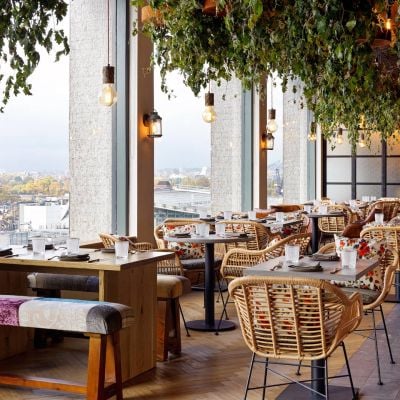Thinking Outside The Cube
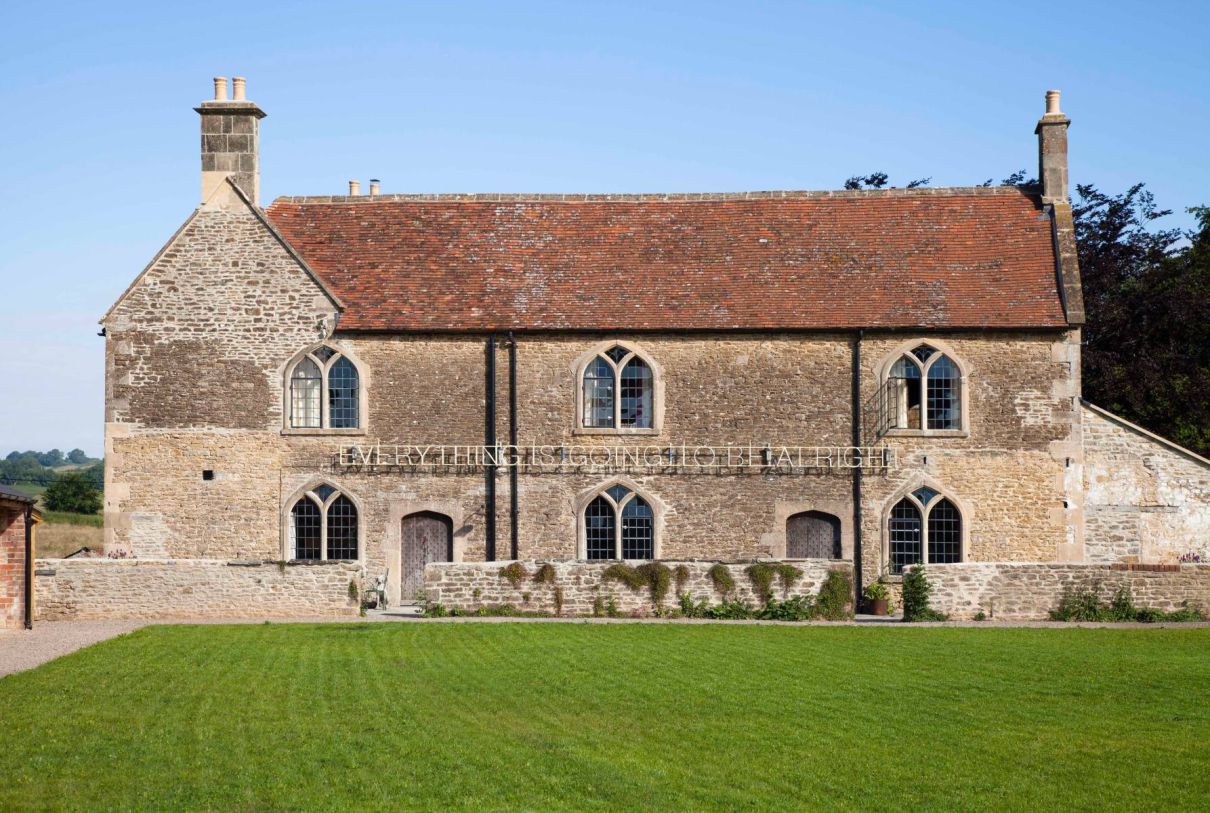
Power gallery Hauser & Wirth owes its success to the avant-garde approach of its Swiss husband-and-wife founders.

Iwan Wirth reclines in a chair, jovial, pink-cheeked, glass of white wine in hand. Dapper in red trousers and an unbuttoned shirt, he’s a man remarkably at ease given the timing of our interview. Outside, the hubbub is reaching a deafening crescendo as the launch party for Hauser & Wirth’s new gallery in Hong Kong gets into full swing. But if he’s missing the party, he doesn’t show it. And that says a lot about his approach to life and work — it’s always been people first, and business as a by-product.
“Of course, we’re in the business of selling art, but the idea of simply running some shops wouldn’t make sense,” he explains. “It’s a very clear focus on artists throughout. Before we take a space, before we take a big decision, we listen to the artists. Everything we do is led by asking: what do our artists need? I think the love of our artists and passion and enthusiasm has led to great success for them and for us.”
It’s an approach that clearly breeds loyalty — Hauser & Wirth represents some of the world’s most sought-after artists and estates, from Louise Bourgeois to the estate of Henry Moore, to Zeng Fanzhi, but has never lost a single one (except for those who passed away). During our conversation, the other half of Hauser & Wirth, Manuela, enters the room. Wirth is as gregarious as his wife is reserved. Willowy and flame-haired, she says a brief hello and then busies herself in the next-door office. I get the impression that she too is escaping the party. Hauser is hardly seen at art fairs, rarely speaks to journalists and confessed recently that she “had never sold a piece of art”. Wirth describes her as “a force tranquille” behind the gallery. Together they make a formidable team that ranked top of the world’s benchmark art list in 2015 — an art-world first for a gallery.
What makes Hauser & Wirth successful has been its willingness to challenge the world order. The top art, the top galleries, the literati, tend to congregate in places you could name on two hands: London, New York, Berlin, Paris, Venice, Zurich, Hong Kong, Miami, Shanghai and Beijing are all obvious locales.
But Hauser & Wirth decided to lead the pack, rather than be dictated to.

Four years ago, it surprised the art world by launching an outpost in bucolic Somerset, in rural west England. The property, Durslade Farmhouse in Bruton, is a Grade II-listed six-bedroom lodging that has some parts dating back to 1760. The building has been gloriously renovated with original fittings and vintage furniture, set off with special commissions such as the painted mural in the dining room by Guillermo Kuitca, and a mesmerising video installation by Pipilotti Rist that projects the Somerset landscape onto the walls of the sitting room through a chandelier of found objects and glass. In a typical art gallery, you come, stare at the art, and leave. But, in this space, you actually live with it.
“I was trying to find something in Surrey at first; I was looking for a year,” recalls Wirth. “And then somebody suggested this in Somerset. There is no such thing as coincidence; places find you, like people. And this has been the jackpot. We spend time there, have built a life there, the kids go to school there. It’s our base. It’s an energy centre.”
Hauser & Wirth bought a private house, extended the farm and created a sculpture park, bar and restaurant. According to the judges of the Art Review Power 100, the Somerset space showed it was “keeping in touch with the local”, and “challenging the traditional white space”. It demonstrated a new way of thinking pinned on the future of art and community; that people want experiences over cold hard sales.
“It’s all about the future, which, in many ways, is about experiences. There’s a wellness about it, it is not a digital experience, you’ve got to go there. It is a real experience. It rains, it stinks and a guy has pigs, and you eat the pig that was living in the woods. Authenticity and integrity, all these words that everyone is using. And it calibrates and recalibrates us.”
The desire to shun another ‘shop’ in a big city is deeply rooted in Hauser & Wirth, explains Wirth. “Coming out of Switzerland in the 1990s, no one needed a gallery in Zurich. We really had to offer more to artists to be attractive. If you’re a New York gallery, you can basically be a shop. Seventy percent of the most important collectors live there so you have them sooner or later in your gallery.
“But our disadvantage became an advantage because it led to extra activity we had to put in. Early on, maybe because starting with Zurich we’ve not been at the art centre, we’ve always been at the periphery, we’ve had to be extra innovative. We’ve always created our galleries as energy centres, because we were not in energy centres by our nature.”

Far from resting on its laurels, Hauser & Wirth’s next move is even more remote. Two years ago, it purchased a dilapidated old hotel in Braemar, Scotland, The Fife Arms. Built in the 19th century by the Duke of Fife, it’s a Victorian icon in pink-and-grey granite, Aberdeen-bonded stonework and original chimney stacks. An immense effort is underway to breathe new life into the 46-room hotel and restaurant, and have it open by the end of the year. It will remain a hotel but will also feature commissions from international artists and a permanent historic museum display. Along with 50-odd joiners, electricians and plumbers who are reconfigurating the inner workings, Crathie-based Scottish architects Moxon and interior designer Russell Sage are sensitively reviving the landmark with as little change as possible to the exterior façade. They’ve also employed the skills of a local poet, Alec Finlay, who is working on research and design.
“It was offered to us and we foolishly said yes,” jokes Wirth. “It’s a place that people passionate about architecture and design will like.”
As they say, build it, and they will come.
This article originally appeared in Billionaire's Discovery Issue, September 2018. To subscribe contact

